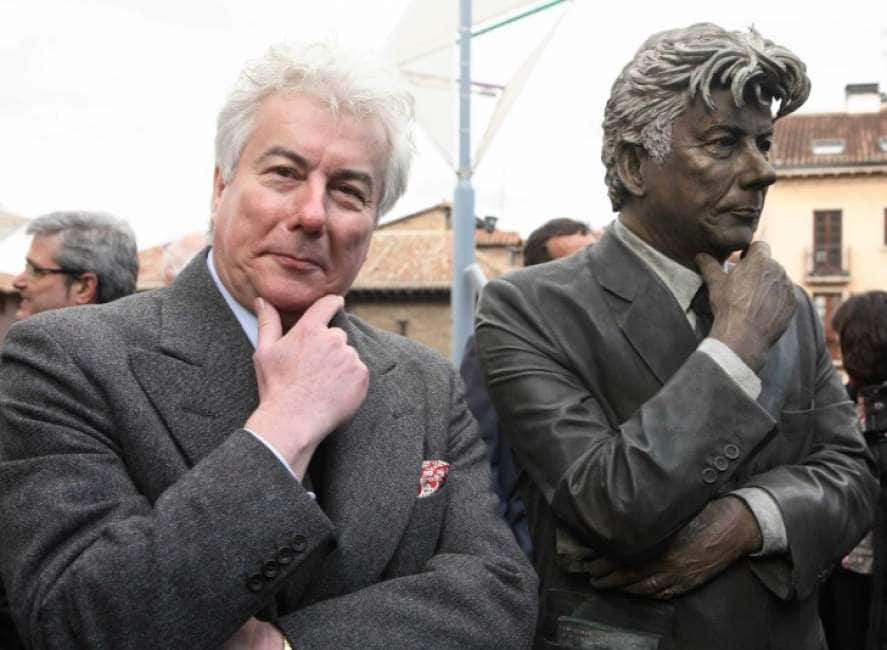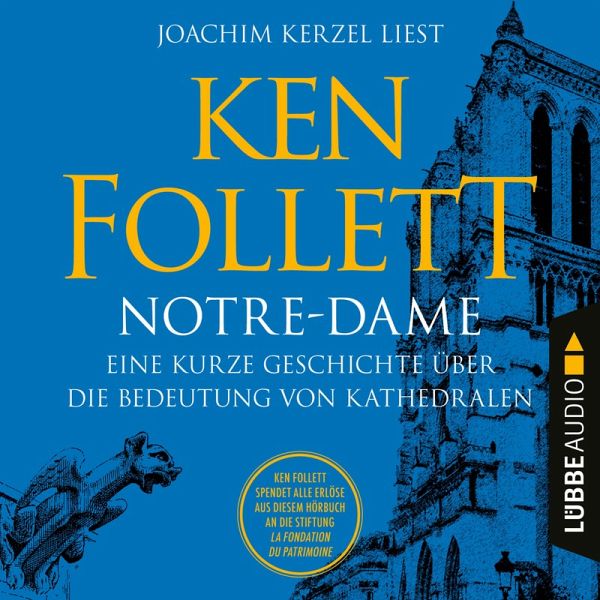

His publisher there asked him to write a short book on what France’s most famous cathedral meant to its admirers. Two days after the Notre Dame fire, Follett flew to Paris to discuss cathedrals on French television.

Its renovation was due to be completed in 2024 but Mayor Denis Rapinel said Dol de Bretagne could “shorten the work by one to two years thanks to this donation”. He repented for that by financing the building of the current edifice. The austere granite cathedral, no longer an episcopal seat, was built in the 13th century after King John of England – known in France as Jean sans Terre (John without Land) – burned down a previous Romanesque cathedral on the site. It is also reputed to be the origin of the House of Stewart, to which the monarchs of Scotland and later England and Ireland belonged. Now mostly overlooked, the town of 6,000 inhabitants was a centre of Breton Christianity in the Middle Ages. The cathedral was named after St Samson, a bishop from Cardiff who built a monastery in Dol de Bretagne in the sixth century. “It's close enough to England that I can drive there in a day.”įollett, whose Pillars of the Earth about medieval cathedral builders is his best-selling book, hails from Wales.


“I really like the west of France, where I regularly go on vacation and for my research,” said Follett, whose book has been translated into French and at least half a dozen other European languages. His €148,000 (£127,000) earnings from sales of the 112-page book will go towards a multimillion euro project to save Saint Samson cathedral in Dol de Bretagne, a small town located between Mont St Michel and Saint Malo. The best-selling British novelist Ken Follett has donated all earnings from his book Notre-Dame: A Short History of the Meaning of Cathedrals to the restoration of a Gothic cathedral in Brittany.


 0 kommentar(er)
0 kommentar(er)
